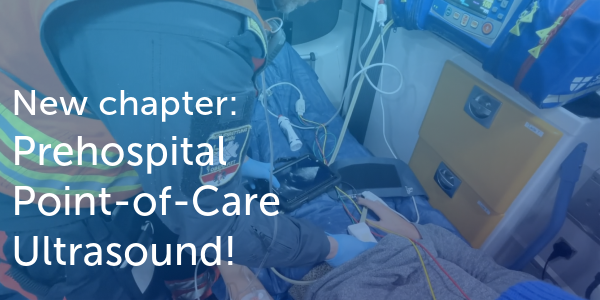11.5.2 Transvalvular gradients
Doppler echocardiography permits measurement of transvalvular velocities. These can be employed to derive gradients (using the Bernoulli equation). As transvalvular velocities usually exceed 1.7 m/sec in mitral stenosis, it is necessary to use CW Doppler. Accurate measurement of maximal velocities requires that the Doppler sample be aligned parallel to mitral valve inflow from the apical view (usually on the 4-chamber view) and traverse the vena contracta. To optimize the spectrum one should use color Doppler for guidance of the Doppler line. Several beats should be averaged when atrial fibrillation is present.



Maximal inflow velocity should be measured at the peak E-wave (in the presence of sinus rhythm). This velocity corresponds to the maximal gradient. As this initial velocity is highly variable and depends not only on the severity of stenosis, it is of minor importance for the quantification of mitral stenosis. The mean gradient is more relevant; it is calculated from mean velocity by tracing the Doppler spectrum. Mean gradients are easy to obtain and highly reproducible. However, they are strongly affected by heart rate and stroke volume. Gradients are also higher when mitral regurgitation is present. The following table shows how the severity of stenosis is graded on the basis of mean gradients.

